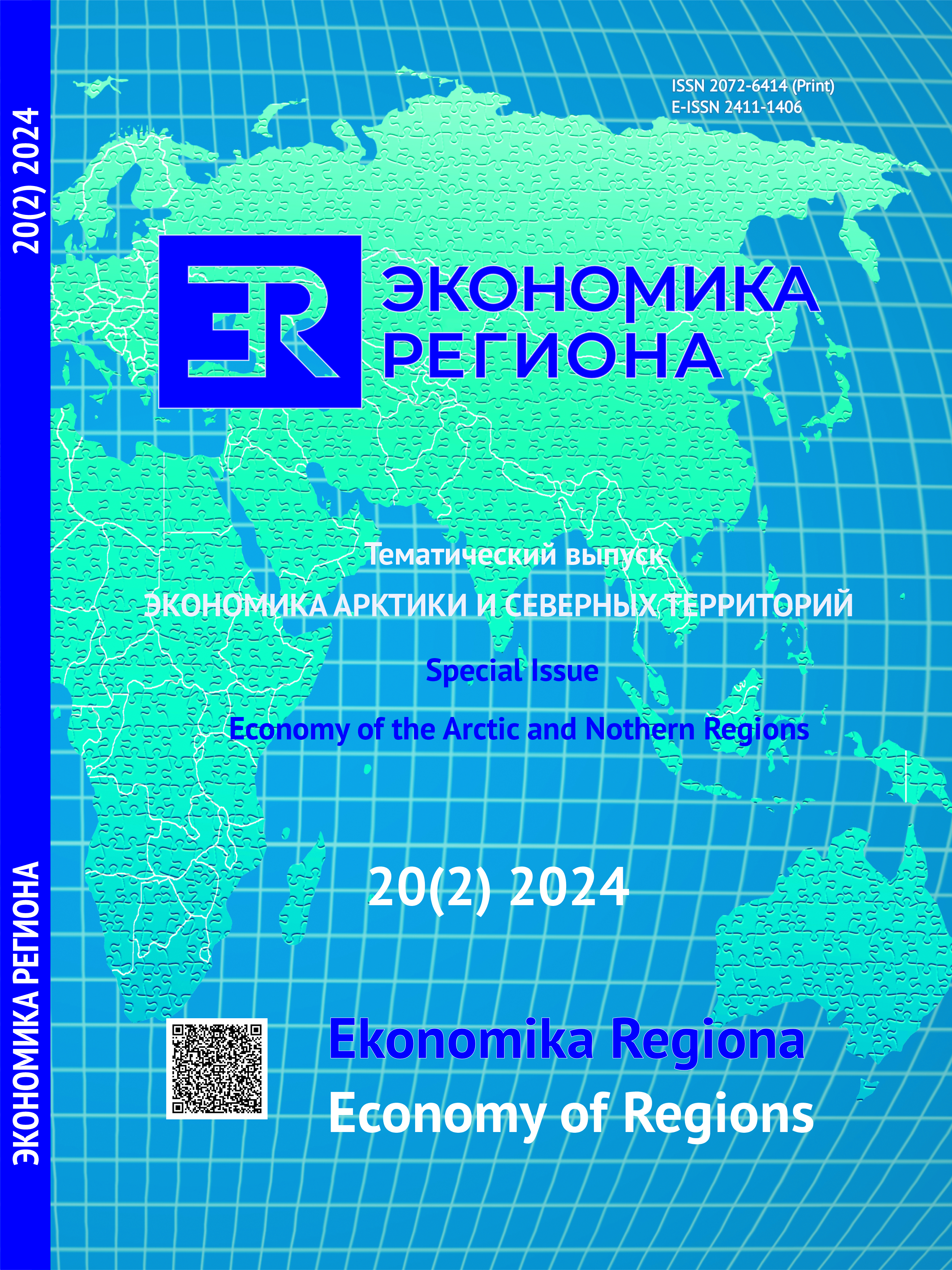The Dry Port on the Northern Sea Route in the Formation of the Ural-Arctic Sector of Russia
DOI:
https://doi.org/10.17059/ekon.reg.2024-2-15Keywords:
сухой порт Северного морского пути, Уральский сектор Арктики, опорная сеть, транспортные коридоры, многокритериальное ранжирование проектов, мегалогистическая система РоссииAbstract
Russia strives to develop its Arctic territories and projects for their integrated use, as well as the Northern Sea Route. These tasks can be solved by prioritising the connectivity of Russian regions. The article presents a strategic analysis and conceptual justification of the project “Dry port of Ekaterinburg”, which was created in 2022. The study proved that the project has been gaining importance during implementation as an element of the emerging Ural-Arctic sector of Russia, acting as an aqua-territorial system and a specific object of spatial development. The concept of a dry port on the Northern Sea Route (a system of complementary ports) was proposed. The uniqueness of the dry port on the Northern Sea Route (level I subsystem) in the middle megaregion due to its scale was assumed. Examination of the Greater Urals megaregion confirmed that Ekaterinburg should be at the top of the hierarchy of the dry port system considering Arctic factors and formation patterns of the supporting framework of intersecting transport corridors. Methods of spatial and economic analysis, synthesis of distributed systems, system modelling were utilised. The authors proposed a multi-criteria ranking of planned railway lines between Ural regions and ports on the Northern Sea Route under fundamentally incomplete and unreliable source data. The following criteria were used in the ranking: diversification, cargo formation, resource and technological capacity building, transport accessibility, and project investment financing. The ranking results revealed that a new railway line connecting the Northern Urals with the multifunctional Indiga port under construction on the Northern Sea Route is seen as preferable. The study offered a reasonable set of proposals for implementing the Ural-Arctic dry port in the Middle Urals.
Downloads
Published
How to Cite
Issue
Section
License
Copyright (c) 2024 Лаврикова Юлия Георгиевна , Петров Михаил Борисович , Кожов Константин Борисович

This work is licensed under a Creative Commons Attribution 4.0 International License.




